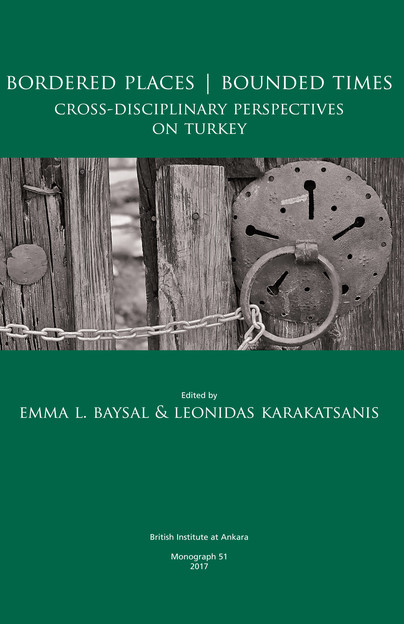
Format: Hardback
Pages: 224
ISBN: 9781898249382
Pub Date: 31 Aug 2017
Series: British Institute at Ankara Monograph
Description:
Building on similarities and exploring differences in the way scholars undertake their research, this volume presents crossdisciplinary communication on the study of borders, frontiers and boundaries through time, with a focus on Turkey. Standing at the dividing/connecting line between Europe and Asia, Turkey emerges as a place carrying a rich history of multiple layers of borders that have been drawn, shifted or unmade from the remote past until today: from Palaeolithic hunter-gatherers to the period of early states in the Bronze Age, from the poleis of classical antiquity to the period of the empires defined by the Roman expansion and Byzantine rule, from the imprints of the Ottoman state’s expanded frontiers to contemporary Turkey’s national borders. Amidst proliferating interdisciplinary collaborations for the study of borders between social anthropology, geography, political science and history, this book aims to contribute to a nascent but growing direction in border studies by including archaeology as a collocutor and using Turkey as a case study.
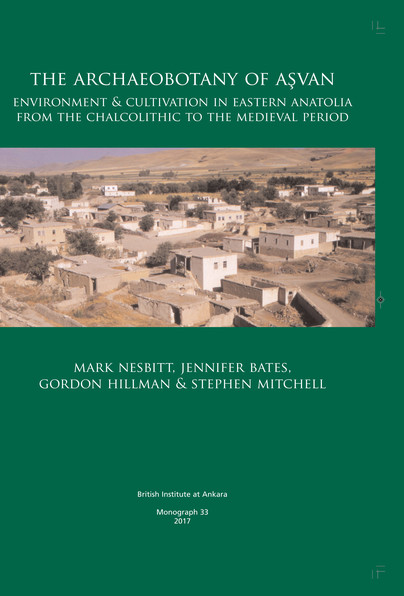
Format: Hardback
Pages: 244
ISBN: 9781898249177
Pub Date: 31 Aug 2017
Series: British Institute at Ankara Monograph
Description:
This volume contains the final publication of the archaeobotanical remains recovered from four sites at the village of Aşvan in eastern Turkey, which were excavated between 1968 and 1973 as part of the archaeological rescue project in the Keban Dam region. An extensive programme of archaeobotanical research involved detailed study of the modern flora, the observation and recording of pre-mechanised agricultural practices and large-scale recovery of ancient botanical samples by water sieving. The report traces the evolution of cultivation in the region from the Chalcolithic to the Medieval period, charting the dominance of emmer and hulled barley in the Chalcolithic period, the emergence of free-threshing wheats in the Early Bronze Age and the introduction of irrigated summer crops, especially millet, by the Hellenistic period.
Detailed attention is also given to the assemblage of weed seeds as proxy evidence for environmental conditions and climate change from around 4000 BC to the present day.
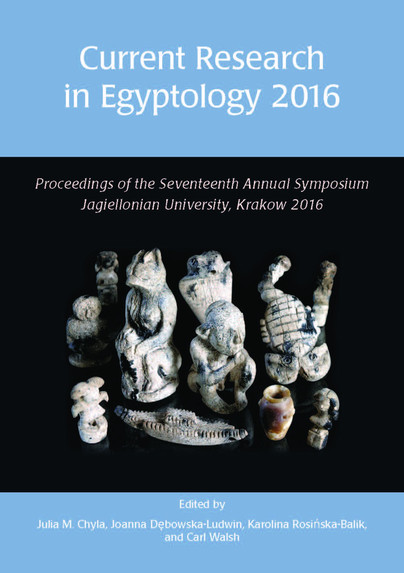
Format: Paperback
Pages: 350
ISBN: 9781785706004
Pub Date: 30 Jun 2017
Series: Current Research in Egyptology
Illustrations: b/w
Description:
This volume reflects the most recent state of research on ancient Egypt presented and discussed at the international conference Current Research in Egyptology XVII, May 2016. Nine papers are arranged in chronological order covering the wide time span from the Predynastic till the Greco-Roman Period, with the remaining five considering more general thematic, theoretical, and cross-cultural topics. Papers re-examine the archives from early excavations of Predynastic tombs in the light of modern research; discuss various types of object from different periods; consider the roles of travelling artists, regional artistic schools styles, and the mobility of ancient high-skilled craftsmen.
Thematic, theoretical, and cross-cultural papers consider the relation of gods, cosmic sacredness, and fertility beliefs; take a comparative approach to cultural identity extracted from narrative poetry of Greek and Egyptian origin; the inclusion of Egyptian musical elements incorporated into Greek traditions and the analysis of artifacts from the Egyptian collection of Zagreb, illustrating the range of information that essentially unprovenanced objects may have for future research.
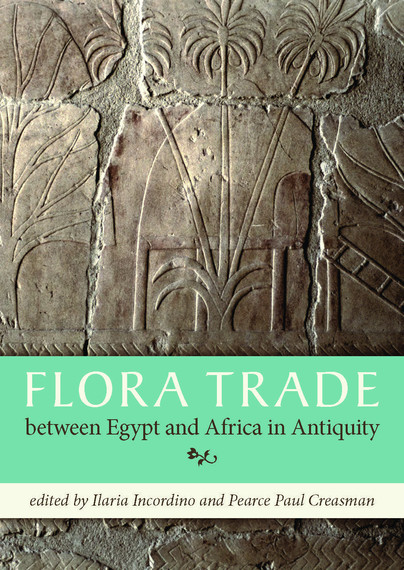
Format: Paperback
Pages: 112
ISBN: 9781785706363
Pub Date: 23 Jun 2017
Illustrations: b/w and colour
Description:
In recent decades, study of the ancient Egyptian natural world and its classification has adopted innovative approaches involving new technologies of analysis and a multidisciplinary general view. This collection of papers focuses on one particularly important aspect of foreign trade: the importation of aromatic products. Contributors present the results of the latest researches into the origin and meaning of foreign aromatic products imported in Egypt from the south (Nubia, Punt, Arabia, Horn of Africa) from the beginning of the Dynastic period.
The quest for aromata has been of a crucial importance in Egypt, since it was closely connected with economic, political, ideological, religious and mythic spheres. Through archaeological research, epigraphic analysis and iconographic investigations new evidence is explored supporting the most likely hypothesis about the sources of these raw materials. The study of related documents has revealed possible linguistic links between ancient Egyptian and other African ancient languages, and a strong link between aromata and the divine world through the creation of many Egyptian myths. The references to some specific aromatic products (ti-shepes, snetjer, antyw, hesayt) have been subject to careful lexicographic analysis, with special reference to Old Kingdom occurrences. Iconographic and field investigations documented here seek to better define the Egyptian way of representing the 'foreign' world and the value of its products in the spheres of Egyptian religiosity and rising Pharaonic ideology.
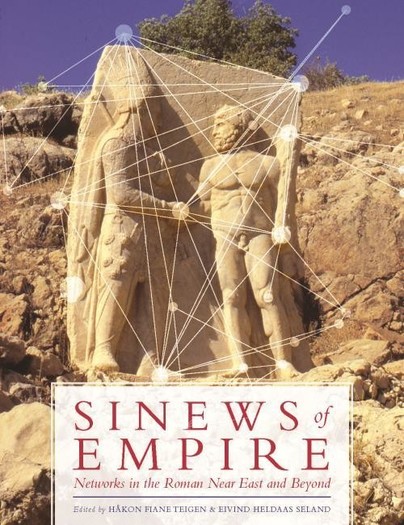
Format: Hardback
Pages: 240
ISBN: 9781785705960
Pub Date: 31 May 2017
Illustrations: b/w
Description:
A recent surge of interest in network approaches to the study of the ancient world has enabled scholars of the Roman Empire to move beyond traditional narratives of domination, resistance, integration and fragmentation. This relational turn has not only offers tools to identify, map, visualize and, in some cases, even quantify interaction based on a variety of ancient source material, but also provides a terminology to deal with the everyday ties of power, trade, and ideology that operated within, below, and beyond the superstructure of imperial rule. Thirteen contributions employ a range of quantitative, qualitative and descriptive network approaches in order to provide new perspectives on trade, communication, administration, technology, religion and municipal life in the Roman Near East and adjacent regions.
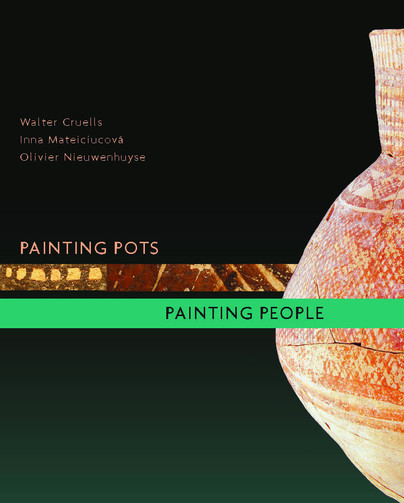
Format: Hardback
Pages: 272
ISBN: 9781785704390
Pub Date: 31 Mar 2017
Illustrations: b/w and colour
Description:
Archaeologists have recently made tremendous advances in understanding the early ceramic traditions of the prehistoric Near East. Over the past decade there has been a huge increase in research focusing on various aspects of ceramic production, its origins and evolution, distribution and consumption in the Late Neolithic (ca. 7000–5000 cal.
BC). Fieldwork brings new and exciting finds every year while laboratory studies change our perspectives regarding ceramic technology. Near Eastern ceramic specialists actively engage with, and contribute to, current trends in theoretical archaeology. For the first time, the 19 papers presented here bring together specialists discussing Neolithic ceramics from the Near East in the broadest sense. There is a general focus on decorated pottery traditions. What raw materials and ceramic technologies did Late Neolithic peoples employ? How did they paint their designs? How may we analyze decorated ceramics to explore social networks and identities? What did these decorated pottery traditions mean socially? Essential reading to Near Eastern prehistorians, these collected papers provide new insights for anyone interested in the development of early pottery traditions and the social significance of ceramics in Neolithic societies.
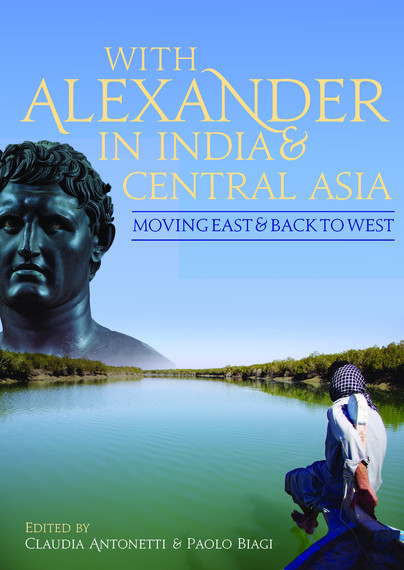
Format: Paperback
Pages: 304
ISBN: 9781785705847
Pub Date: 29 Mar 2017
Illustrations: b/w and colour
Description:
Alexander conquered most parts of the Western World, but there is a great deal of controversy over his invasion of India, the least known of his campaigns. In BC 327 Alexander came to India, and tried to cross the Jhelum river for the invasion, but was then confronted by King Porus who ruled an area in what is now the Punjab. According to Indian history he was stopped by Porus at his entry into the country, but most of the world still believes that Alexander won the battle.
Fearing the prospect of facing other large armies and exhausted by years of campaigning, Alexander's army mutinied at the Hyphasis River, refusing to march farther east. This river thus marks the easternmost extent of Alexander's conquests. Twelve papers in this volume examine aspects of Alexander’s Indian campaign, the relationship between him and his generals, the potential to use Indian sources, and evidence for the influence of policies of Alexander in neighbouring areas such as Iran and Russia.
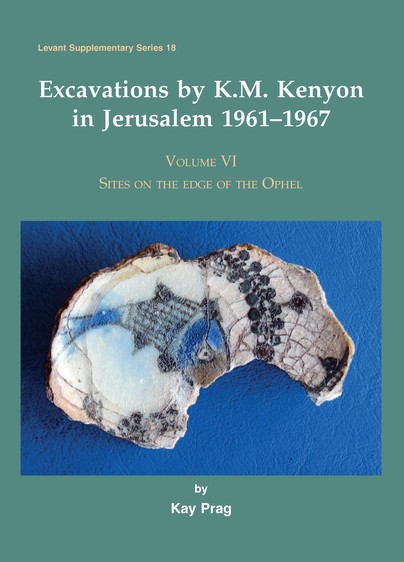
Format: Hardback
Pages: 324
ISBN: 9781785706530
Pub Date: 27 Mar 2017
Series: Levant Supplementary Series
Description:
In this volume the principal focus is on the presence/absence of the city walls on the east side of the city from the Iron Age onwards. The evidence for major walls and their structure from Iron Age II to the Byzantine periods in Sites S.II and R.
II is described and substantial revisions suggested, as inter alia no evidence for the tenth century/Solomonic date in Site S.II as suggested by E. Mazar was uncovered. The strategic reasons for the location of the northern boundary of the earlier town is discussed in relation to evidence from Kenyon’s Site H. There is only sparse evidence for the PostExilic period in both areas. Parts of plastered basement rooms survived the destruction of AD 70. For the Roman period more evidence of the presence of the Roman army in the city is collated, including a possible watch tower, rare fragments of terra cottas and of fine imported South Gaulish pottery. Additionally John Hayes presents the catalogue of all the Late Roman fine wares from all remaining unpublished sites excavated by the Joint Expedition. Site S.II adds a little to the picture of the busy and extensive Byzantine city; and Site R.I provides a glimpse of extramural activities in the eighth/ninth centuries AD. A major contribution to the study of Ayyubid ceramics is provided by an assemblage from a large dump of the period. The analysis of iron working debris from Site L (the Armenian Garden) by Gethin and a reconsideration of the use of that area in Ayyubid and Mamluk times illustrates historical data, with ongoing activity in the late Ottoman period illustrated from Site S.II. The finds of the Ayyubid period were especially interesting for the insight provided into the lives of the inhabitants of the city.
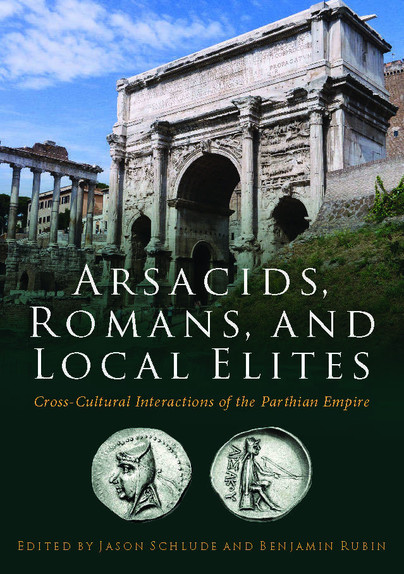
Format: Paperback
Pages: 184
ISBN: 9781785705922
Pub Date: 21 Mar 2017
Illustrations: b/w
Description:
For almost 500 years (247 BCE–224 CE), the Arsacid kings of Parthia ruled over a vast multi-cultural empire, which encompassed much of central Asia and the Near East. The inhabitants of this empire included a complex patchwork of Hellenized Greek-speaking elites, Iranian nobility, and semi-nomadic Asian tribesman, all of whom had their own competing cultural and economic interests. Ruling over such a diverse group of subjects required a strong military and careful diplomacy on the part of the Arsacids, who faced the added challenge of competing with the Roman empire for control of the Near East.
This collection of new papers examines the cross-cultural interactions among the Arsacids, Romans, and local elites from a variety of scholarly perspectives. Contributors include experts in the fields of ancient history, archaeology, classics, Near Eastern studies, and art history, all of whom participated in a multi-year panel at the annual conference of the American Schools of Oriental Research between 2012 and 2014. The seven chapters investigate different aspects of war, diplomacy, trade, and artistic production as mechanisms of cross-cultural communication and exchange in the Parthian empire. Arsacids, Romans, and Local Elites will prove significant for those interested in the legacy of Hellenistic and Achaemenid art and ideology in the Parthian empire, the sometimes under-appreciated role of diplomacy in creating and maintaining peace in the ancient Middle East, and the importance of local dynasts in kingdoms like Judaea, Osrhoene, and Hatra in shaping the geopolitical landscape of the Near East, alongside the imperial powerhouses of Rome and Parthia.
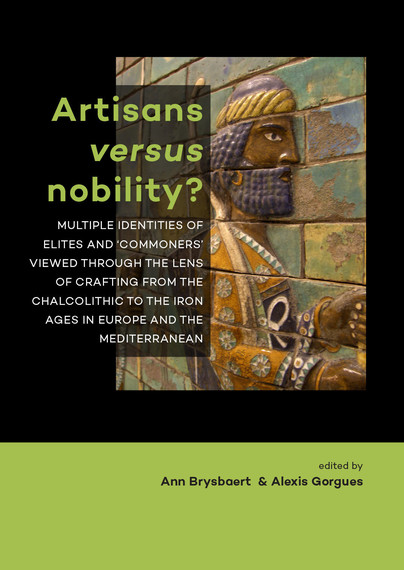
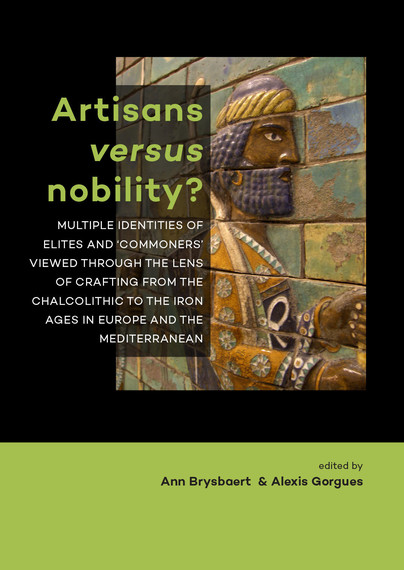
Pages: 222
ISBN: 9789088903977
Pub Date: 20 Mar 2017
Illustrations: 80bw/20fc
Pages: 222
ISBN: 9789088903960
Pub Date: 20 Mar 2017
Illustrations: 80bw/20fc
Description:
In prehistoric Europe hierarchic societies arose and developed technological systems and processes in the production of objects related to everyday use, on the one hand, and items of religious and symbolic character emulating prestige and luxury, on the other, while both types of objects may not always be clearly distinguishable. This volume deals with questions of how artisans and other social groups, involved in these productive processes and social practices, reacted to and interacted with the demands connected with elites identities formation, affirmation reconfirmation practices. Innovations and the development of new technologies designed to satisfy the needs of ostentatious behaviour and achieving prestige are key issues of this volume.
For example, how can we identify the consequences of such processes, how can we define the role(s) that the craftspeople played in such contexts, and are these always as clear-cut as usually portrayed? The book’s common aim is to investigate the economic, socio-political, as well as the technological contexts and backgrounds of the make-up of material culture and technologies in these periods. We examine which role(s) artisans may have played in status and identity formation processes, in rituals and in symbolic performances, in other words, in each aspect of life and death of selected Chalcolithic, Bronze and Iron Age populations in Europe. Many aspects of the social interaction patterns between the different groups of people in those periods have not been adequately discussed and investigated, especially the artisans’ important role(s). This volume aims to redress these imbalances by investigating how social groups interacted with each other, and how we may recognize such interactions in the material remains.
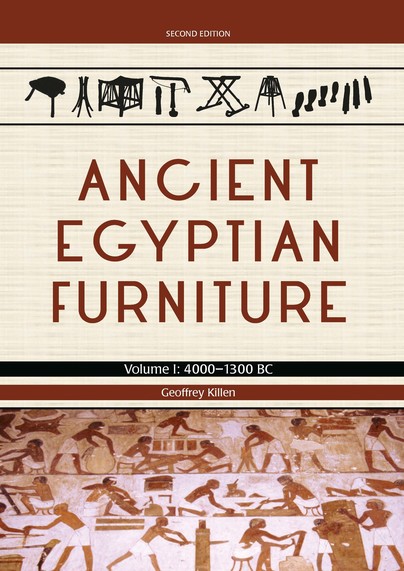
Format: Hardback
Pages: 160
ISBN: 9781785704819
Pub Date: 24 Feb 2017
Series: Ancient Egyptian Furniture
Illustrations: b/w
Description:
This revised second edition examines the common forms of furniture used in ancient Egypt, so much of which has been preserved by the dry Egyptian climate and has long been admired for the quality of its design and construction. The story begins with the earliest known pieces and ends with the spectacular discoveries from the 18th dynasty represented mainly by the magnificent furniture from the tomb of Tutankhamun. The insight which Dr Killen brings in the detailed explanations of the materials, techniques and designs of the master craftsmen of ancient Egypt, gives this book a special significance.
There is a catalogue of known pieces from museums around the world, classified by type – beds, stools, chairs and tables – with detailed analyses of the materials, tools and joinery. The splendid photographs and drawings illustrate each piece and technique.
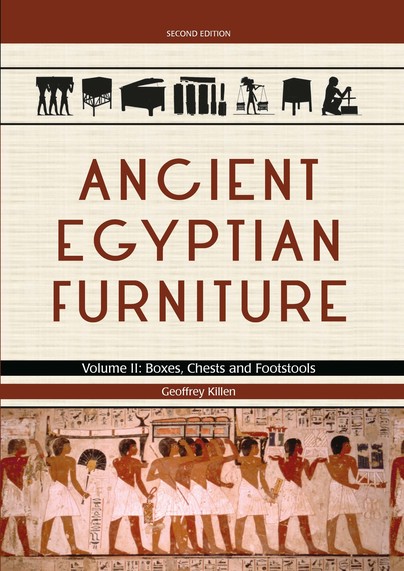
Format: Hardback
Pages: 168
ISBN: 9781785704857
Pub Date: 24 Feb 2017
Series: Ancient Egyptian Furniture
Illustrations: b/w
Description:
In this revised second edition Dr Killen continues his survey of Egyptian furniture-making techniques with a study of boxes, chests and footstools and traces their evolution from the earliest times. Wooden, papyrus and alabaster boxes and chests were used to hold, protect and store valuable objects, toilet utensils, instruments, tools, garments, curtains, game pieces and papyri amongst other things. Those from the Old Kingdom usually had flat lids and solid board sides, tied together at the corners.
During later periods carcase construction became so sophisticated, with the introduction of frame and panel work, that it was possible to construct barrel, shrine and pent-shaped lids. Later chests were elaborately painted, some with funerary scenes, painted with hieroglyphs or had gilt fretwork decoration applied to the sides and lid. This book is copiously illustrated with drawings and photographs and contains a catalogue of additional known pieces of Egyptian furniture preserved in museum collections.
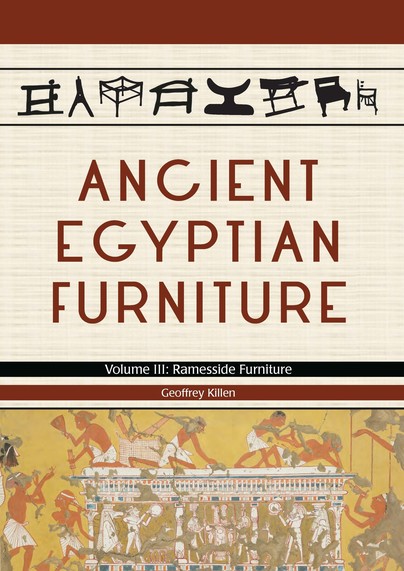
Format: Hardback
Pages: 144
ISBN: 9781785704895
Pub Date: 24 Feb 2017
Series: Ancient Egyptian Furniture
Illustrations: b/w
Description:
In this third volume Dr Killen investigates how woodworking in ancient Egypt developed in the 19th and 20th dynasties. It establishes the range of wooden furniture manufactured during this period by surveying examples depicted in Ramesside Theban and Memphite tombs. Ancient records show how the procurement of furniture occurred at Deir el-Medina while the design and manufacturing of these furniture forms can be traced through a series of furniture sketches that are annotated with a range of marks and signs.
These designs are seen in surviving examples of furniture from settlements such as Medinet el-Gurob. To facilitate the manufacture of furniture, procedures were developed that were managed by cooperatives of Egyptian artisans. These groups established a recognisable Egyptian furniture style that was employed throughout the Ramesside world. Depictions of furniture used by the ruling Ramesside elite are examined including a remarkable collection of furniture used by Rameses III, illustrations of which could once be found in a painted wall scene in his tomb (KV11) and still seen carved on the walls of his temple at Medinet Habu. These illustrations show how royal furniture was used as a symbolic tool to promote the Ramesside Empire at the edges of its sphere of influence. Temple furniture was also used to serve a religious purpose in the rituals performed by Ramesside priests, these forms are also analysed in this volume. This third volume contains a catalogue of known Egyptian furniture preserved in world museums that augments those catalogues found in the first two volumes of this series. The author also provides a distribution list with illustrations of a number of replica pieces of woodwork made by him that can now be found preserved in several museums and collections. The purpose of these replica pieces has been to analyse the design and construction techniques used by Egyptian carpenters using a range of replica woodworking tools.
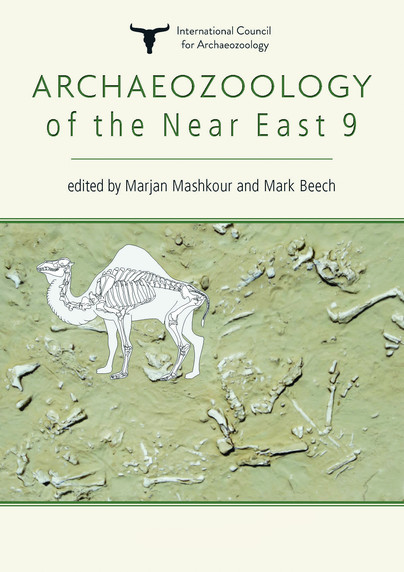
Format: Hardback
Pages: 464
ISBN: 9781782978442
Pub Date: 17 Feb 2017
Illustrations: b/w and colour illustrations
Description:
This two part volume brings together over 60 specialists to present 31 papers on the latest research into archaeozoology of the Near East. The papers are wide-ranging in terms of period and geographical coverage: from Palaeolithic rock shelter assemblages in Syria to Byzantine remains in Palestine and from the Caucasus to Cyprus. Papers are grouped into thematic sections examining patterns of Palaeolithic and Neolithic subsistence in northern Mesopotamia, Anatolia and the Iranian plateau; Palaeolithic to Neolithic faunal remains from Armenia; animal exploitation in Bronze Age urban sites; new evidence concerning pastoralism, nomadism and mobility; aspects of domestication and animal exploitation in the Arabian peninsula; several case studies on ritual animal deposits; and specific analyses of patterns of animal exploitation at urban sites in Turkey, Palestine and Jordan.
This important collection of significant new work builds on the well-established foundation of previous ICAZ publications to present the very latest results of archaeozoological research in the prehistory of this formative region in the development of animal exploitation.
Ancient Egyptian Furniture Volumes I-III
Format: Hardback
Pages: 472
ISBN: 9781785704932
Pub Date: 31 Jan 2017
Series: Ancient Egyptian Furniture
Illustrations: b/w
Description:
Geoffrey Killen presents three volumes that discuss the forms and uses of furniture in ancient Egypt. The first two volumes are updated editions which examine the materials, tools and common forms of furniture used in ancient Egypt. The third volume is a new work that concentrates on the types of furniture used by the ruling, priestly and artisan classes during the Ramesside Period.
Each volume is elaborately illustrated with photographs and detailed technical drawings together with a catalogue of furniture and fragments of furniture preserved in world museums.
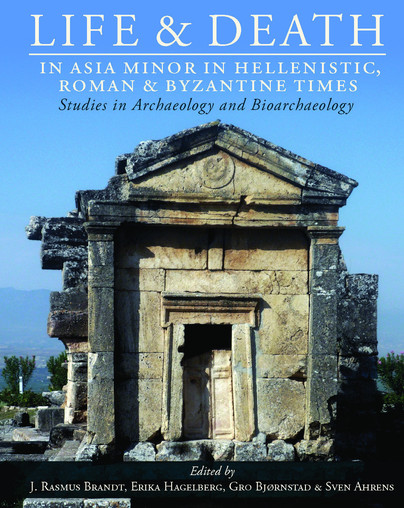
Format: Hardback
Pages: 432
ISBN: 9781785703591
Pub Date: 31 Jan 2017
Series: Studies in Funerary Archaeology
Description:
Life and Death in Asia Minor combines contributions in both archaeology and bioarchaeology in Asia Minor in the period ca. 200 BC – AD 1300 for the first time. The archaeology topics are wide-ranging including death and territory, death and landscape perception, death and urban transformations from pagan to Christian topography, changing tomb typologies, funerary costs, family organization, funerary rights, rituals and practices among pagans, Jews, and Christians, inhumation and Early Byzantine cremations and use and reuse of tombs.
The bioarchaeology chapters use DNA, isotope and osteological analyses to discuss, both among children and adults, questions such as demography and death rates, pathology and nutrition, body actions, genetics, osteobiography, and mobility patterns and diet. The areas covered in Asia Minor include the sites of Hierapolis, Laodikeia, Aphrodisias, Tlos, Ephesos, Priene, Kyme, Pergamon, Amorion, Gordion, Boğazkale, and Arslantepe. The theoretical and methodological approaches used make it highly relevant for people working in other geographical areas and time periods. Many of the articles could be used as case studies in teaching at schools and universities. An important objective of the publication has been to see how the different types of results emerging from archaeological and natural science studies respectively could be integrated with each other and pose new questions on ancient societies, which were far more complex than historical and social studies of the past often manage to transmit.
















